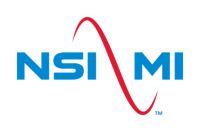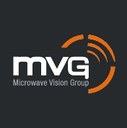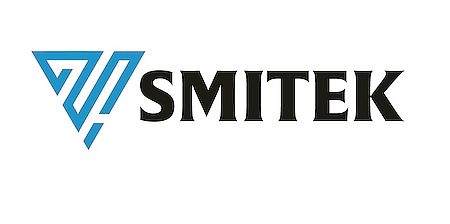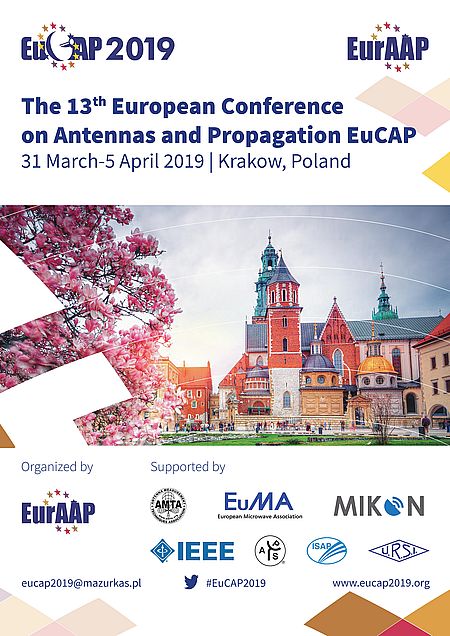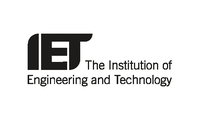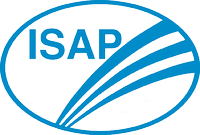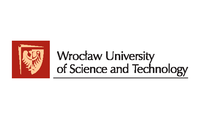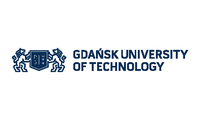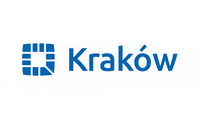Prof. Marianna Ivashina
Joint Design and Co-integration of Antenna-IC Systems
Chalmers University of Technology, Sweden
Biography
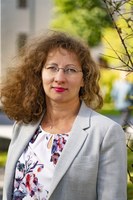 Marianna V. Ivashina received a Ph.D. in Electrical Engineering from the Sevastopol National Technical University (SNTU), Ukraine, in 2001. From 2001 to 2010 she was with The Netherlands Institute for Radio Astronomy (ASTRON), where she carried out research on innovative phased array technologies for future radio telescopes, such as the Square Kilometer Array (SKA). In 2002, she also stayed as a Visiting Scientist with the European Space Agency (ESA), ESTEC, where she studied multiple-beam array feeds for the satellite telecommunication system Large Deployable Antenna (LDA).
Marianna V. Ivashina received a Ph.D. in Electrical Engineering from the Sevastopol National Technical University (SNTU), Ukraine, in 2001. From 2001 to 2010 she was with The Netherlands Institute for Radio Astronomy (ASTRON), where she carried out research on innovative phased array technologies for future radio telescopes, such as the Square Kilometer Array (SKA). In 2002, she also stayed as a Visiting Scientist with the European Space Agency (ESA), ESTEC, where she studied multiple-beam array feeds for the satellite telecommunication system Large Deployable Antenna (LDA).
In January 2011, she joined Chalmers University of Technology (Gothenburg, Sweden), where is currently Full Professor and the Head of the Antenna Systems Group at the Department of Electrical Engineering. Her current research interests include active beamforming antenna array systems, integration of antennas with active electronic components, synthesis of aperiodic arrays and other unconventional array architectures, reflector antennas and feeds. She has published extensively on the above topics, having authored/co-authored over 130 journal and conference papers. She has received several scientific awards [including the URSI Young Scientists Award for GA URSI, Toronto, Canada (1999), APS/IEEE Travel Grant, Davos, Switzerland (2000), the 'Best team contribution' Paper Award at the ESA Antenna Workshop (2008), the International Qualification Fellowship of the European FP7 Marie Curie Actions (2009)], and numerous research project funding grants from Swedish and European funding agencies.
She is presently a Senior Member of the IEEE and an Associate Editor of the IEEE Transactions on Antennas and Propagation. She is one of the teachers at the European School of Antennas (ESoA) courses on ‘Reflector and Lens Antennas’ at Chalmers, ‘Antenna System Integration and Packaging’ at KU Leuven, and ‘Antennas for Radio Telescopes’ at Stellenbosch University.
She is one of the coordinators of the European Horizon2020 Innovative Training Network Program SILIKA (‘Silicon-based Ka-band massive MIMO antenna systems for new telecommunication services’), in collaboration with the University of Eindhoven – PI of this project (The Netherlands) – , University of Leuven (Belgium). Ericsson AB (Sweden), SAAB AB (Sweden), NXP Semiconductors (The Netherlands), Netherlands Institute for Radio Astronomy ASTRON, the Netherlands Organisation for Applied Scientific Research TNO, and Qamcom Research and Technology AB (Sweden).
Synopsis
Conventionally, microwaves and antennas have developed as separate disciplines, using distinct modeling methodologies and relying on good isolation between individually optimized system components. However, the past decade has seen a dramatic departure from classical methodologies towards system-level optimal designs, as needed to meet high-performance demands of future emerging applications (e.g., 5G and future connectivity, autonomous driving, Space exploration).
Antenna systems for such applications typically involve arrays of many antenna elements and active front ends, with power amplifiers (PAs) and low noise amplifiers (LNAs) in the proximity to the antenna or even integrated with the antenna. Such systems require a combined circuit-electromagnetic modeling approach, and these are nonreciprocal. Furthermore, array beamforming and signal processing should be considered from the start to enable full system analysis and design optimization.
I will present a modern approach to the design of active beamforming array antennas in the receiving situation that reflects the state-of-the-art in the academic literature and is included in the new textbook ‘Phased Arrays for Radio Astronomy, Remote Sensing, and Satellite Communications,’ Cambridge, July 2018, published in collaboration between Profs. K.F. Warnick (BYU), R. Maaskant (Chalmers), D.B. Davidson (Stellenbosch/Curtin), B.D. Jeffs (BYU), and this presenter. Techniques for the optimal noise match of a multi-channel receiver to an array antenna, in the presence of antenna mutual coupling effects and associated noise coupling phenomena, will be discussed. This includes trade-offs, common misconceptions, and practical examples.
Afterwards, the latest studies highlighting some of the current research involving circuit-antenna co-integration solutions for active beamforming transmitting array antennas will be presented. I will focus on integration strategies which are tailored to high-efficiency PA architectures and suited for applications with demanding performance requirements (e.g. the next generation mobile systems at sub-6GHz and mm-wave frequencies). An antenna-integrated high-efficiency (Doherty) PA utilizing active load modulation will be taken as an on-antenna power combining example, including optimization aspects and over-the-air characterization methods. Other examples will cover novel mm-wave circuit-antenna transitions employing a direct antenna-PA impedance matching technique. Finally, a future outlook research direction is introduced towards more generalized/extreme forms of integration.


